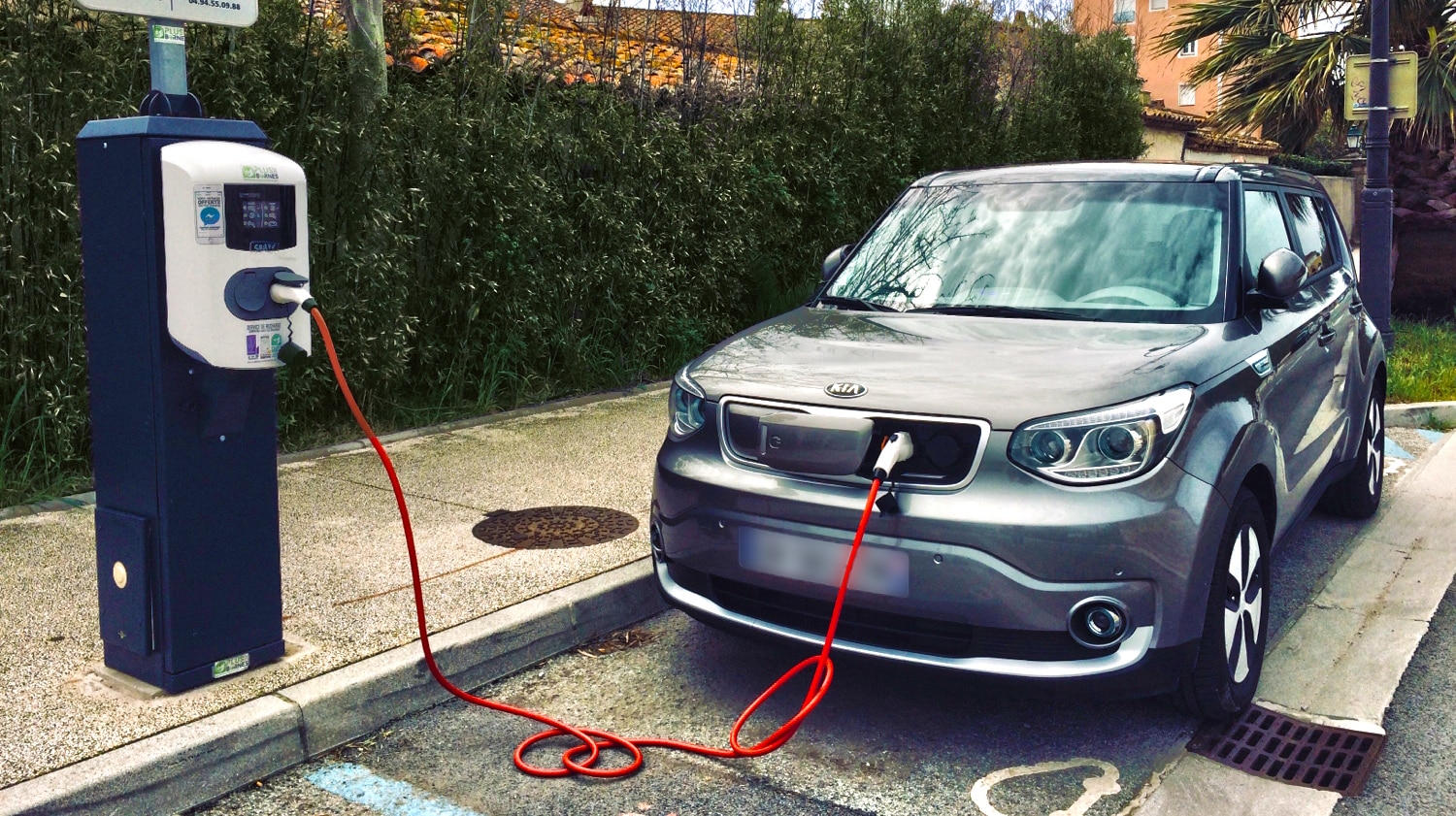While the Mobility Orientation Law imposes Low Emission Mobility Zones (ZFE-m) prohibiting the circulation of polluting vehicles in 43 French urban areas, the general context of inflation and more particularly pressure on the prices of cars and their use makes the acquisition of qualified, more environmentally friendly vehicles inaccessible for a large proportion of households and businesses, captive to this forced transition.
Two studies analyzing in depth the situation in the Toulouse region have just been published:
The Automobile Precarity Index assesses and summarizes the risks of exclusion and the difficulties of the Toulouse Metropolis with regard to the transition to recent vehicles
Electric transition: low-income households in an impasse
If French inflation slows – consumer prices increased by 2.9% over one year in February 2024 compared to 3.1% in October according to INSEE – it remains one of the highest in Europe. The situation has a strong impact on the purchasing power of households, particularly those on the lowest incomes, with the share of constrained spending weighing more heavily on their budget. However, very often, a vehicle is essential for them to get to work and ensure family mobility.
While social leasing, allowing people to obtain an electric vehicle in exchange for a rent of 100 euros per month, was very popular with more than 50,000 orders in six weeks at the start of 2024 before being stopped as a victim of its success, this system will nevertheless not be sufficient to meet the renewal needs of the fleet and of low-income households, for whom electricity remains financially inaccessible.
Motorists in Haute-Garonne in the middle of fog
An observation which is also observed across the Haute-Garonne department, according to the latest study by the Cetelem Automobile Observatory entitled “The Motorist in the Fog”. This international survey carried out in 16 countries among 15,000 people indicates that nine out of ten inhabitants of Haute-Garonne (90%) consider that ZFEs are unfair for low-income households who will not be able to equip themselves with modern vehicles to travel in these areas. Almost eight out of ten residents (78%) believe that the planned schedule is also too demanding.
More than half of respondents (56%) know if their vehicle will be able to circulate in EPZs. Among those who think that their vehicle will not be authorized there, 48% will avoid traveling there once the measure comes into force and only 13% will change their mode of travel (bus, bicycle, etc.).
While 2035 will mark the ban on sales of thermal vehicles in Europe, 80% of inhabitants of Haute-Garonne consider this measure unfair for households who would not be able to resell their car. According to 73% of them, the system is unrealistic and will never see the light of day. In addition, only 40% consider that the electric vehicle embodies technological progress, and a third (35%) believe that it will completely replace the thermal car one day.
Almost eight in ten (78%) say that rising electricity prices could make using an electric car too expensive compared to petrol or diesel vehicles, and only a quarter (25%) believe that Europe will produce enough electricity to meet the needs of the entire electric vehicle fleet.
The electric vehicle market is marked by the arrival of new foreign entrants competing with traditional manufacturers and offering attractive prices. Despite the establishment of an environmental score for the 2024 ecological bonus by the government with the aim of promoting the competitiveness of European vehicles, more than 4 in 10 residents (44%) say they have a good opinion of Chinese brand cars. On the other hand, only a quarter (25%) would be ready to take the plunge and purchase one.
The Automobile Precariousness Index to warn of the risks of exclusion
To find out the areas and households that are likely to be most affected by the ban on the circulation of polluting vehicles, BNP Paribas Mobility has created an automobile insecurity index. Produced with C-Ways, it assesses and summarizes the risks of exclusion and the difficulties faced by territories regarding the transition to recent vehicles. It is made up of five elements:
– Household disposable income
– Proximity to the ZFE-m
– Proportion of vehicles potentially excluded from the ZFE-m
– Density of the public transport offer
– Average annual mileage
The territories with the highest automobile precariousness index are the most precarious, that is to say those for which the need to transition to recent vehicles is the highest and/or the cost of the transition is the least. sustainable.
Vehicles in the North and South districts of Toulouse will be most impacted by the ZFE-m
If the ban on the circulation of vehicles classified Crit'Air 3 in the ZFE of the Toulouse Métropole which was to be applied from January 2024 has been suspended (gasoline from 1997 to 2005, diesel from 2006 to 2010), 91,000 private vehicles traveling regularly in the Metropolis may no longer be authorized to go there when this measure is put in place. Among the 406,000 private vehicles registered in the metropolis in 2023, almost a quarter (23%) would therefore be affected.
The Crit'Air 3 vehicles affected by the ban are concentrated in the North and South of Toulouse intramuros, areas where low-income households are over-represented.
Public transport, which could constitute an alternative solution, is scarce in these areas. Average automobile mileage is distributed very evenly.
The ban on Crit'Air 3 and above would affect 14,400 light utility vehicles (LCVs), or a quarter (25%) of the 57,700 LCVs registered in the metropolis in 2024
Concerning the ban on Crit'Air 3 alone, 7,300 light utility vehicles would be affected.
However, there are significant disparities which depend in particular on the sector of activity and the size of the company:
Small companies in the logistics sector have 30% of Crit'Air 3 vehicles and above
Large companies in the construction sector have 6% of Crit'Air 3 and above vehicles.
Note that craftsmen and service VSEs using specifically bodied vehicles are particularly vulnerable, as are trades and functions requiring specific power (directed cold, elevation, etc.) which are more difficult to electrify.
The results of the Automobile Precariousness Index for the Toulouse metropolis allow BNP Paribas Mobility to warn of the complicated situation ahead of the most modest Toulouse households, at an impasse in the face of the energy transition, and to mobilize to accompany them. BNP Paribas Mobility is an ecosystem, a structure that allows us to provide all our clients with the expertise and know-how of our specialized businesses. By maximizing synergies, we formalize the organization, the galaxy of offers, services and advice that can be provided by the different subsidiaries.

